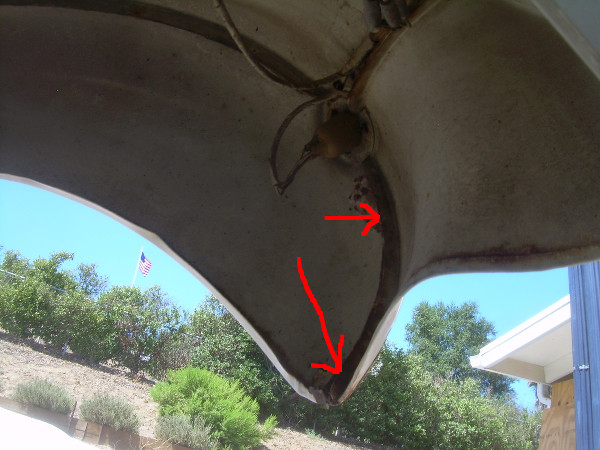Offline
Was talking to my body folks a couple days ago -- they're working on getting the new fender beading fit and attached. They had a suggestion for the short pieces below the turn signals (front and back). They were suggesting using a seam sealer-like product and shaping it to the correct profile. Their concern is that those shorter/lower areas are more likely to hold moisture and they are concerned about rust coming back -- the short bits of beading there could trap moisture in a way that the seam sealer stuff wouldn't.
This seemed a reasonable approach to me. Thoughts?
This seemed a reasonable approach to me. Thoughts?

 Hi Guest!
Hi Guest!

 smilie in place of the real @
smilie in place of the real @
 Pretty Please - add it to our Events forum(s) and add to the calendar! >>
Pretty Please - add it to our Events forum(s) and add to the calendar! >> 

